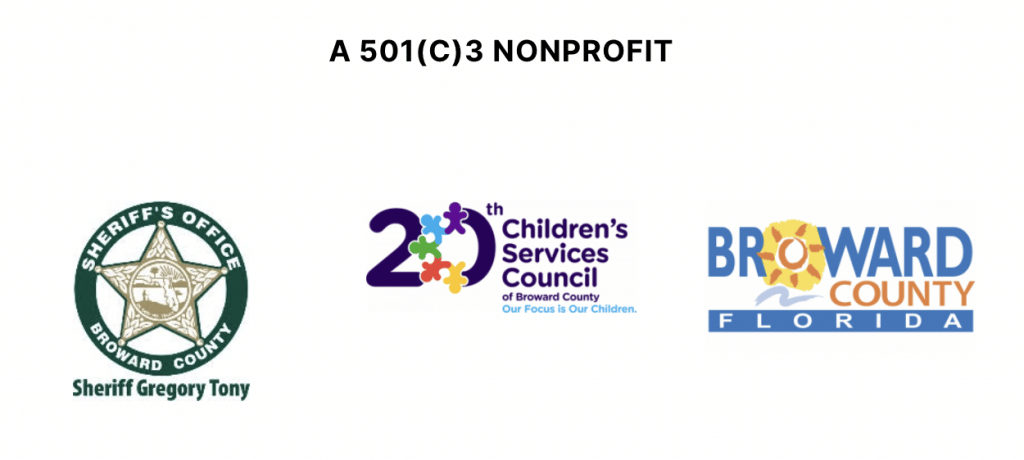
In our previous article, ‘How Your Attachment Style Maybe Shaped by Abandonment’, we introduced the idea of attachment styles. If you remember, attachment styles will determine how you interact with people and how you behave in a relationship with them.
Our attachments styles are heavily influenced by how we were raised as children. It is shaped by how our parents used to interact with us.
Everyone approaches relationships through the bias of their personal experiences. However, if we experience emotional abandonment as children, we can develop a skewed perception of how relationships work.
That doesn’t mean that there is anything wrong with us. It just means that we should try a little harder to see people for who they really are. Sometimes, our early childhood programming can make that challenging.
Fortunately for us, abandonment challenges are treatable, and you can start today!
1. This is your first step on a long journey
Before we can begin to heal, we must first recognize our unhealthy behaviors. People tend to repeat the same patterns of behavior. This all but guarantees that they will continue to pursue abusive or neglectful relationships. If you haven’t done so already, read ‘How Your Attachment Style Maybe Shaped by Abandonment’ to get an idea about what your unhealthy attachment style might be.
- Anxious attachment
- Avoidant attachment
- Disorganized attachment
Once you can put a name to what is causing your relationship anxiety, it becomes much easier to move forward. You are one step closer to building healthier relationships!
2. Learn to calm yourself
Now that you know what is triggering your relationship anxiety, you can learn to calm yourself before it becomes too obtrusive. When you’re just starting out, this can be very difficult! You may be used to indulging your anxiety and working yourself up into a bad state of mind.
When you feel that your shoulder muscles are tensing, you have a knot in your stomach, and those catastrophic thoughts are beginning to take hold – STOP.
Just stop. When you are calm and aware of your thoughts, you will have power over what you think rather than be controlled by them.
Breathe deeply and realize that you are safe. Your amygdala is working overtime to make things seem dire. Can you identify any behaviors that match with any of the attachment styles that were discussed?
By practicing deep breathing techniques, you can take control of your thoughts again and make sure the rational centers of the brain are back in control.
3. Listen to your thoughts and track them
Now that you can think a little more clearly, it’s time to really understand why you are feeling nervous. Pay attention to the negative thoughts you are having right at this very moment. What is this negative self-talk saying to you?
Are you not “good enough”? Are you not lovable enough? Not attractive enough?
These are all lies. These lies feed your fear and are the seeds of your anxiety.
Write down these thoughts as you have them. List every single one. Then put that list away.
Once you can pinpoint your negative thinking, you can begin to replace them with positive thoughts and beliefs.
This takes time. This is difficult.
BUT YOU CAN DO IT!
4. Practice self-kindness
It’s easy to criticize yourself, especially if you were raised in an environment where you were often told that you were wrong.
You must know how to show yourself kindness, especially if you are feeling down, disappointed, or anxious.
Practice mindfulness, exercise, start taking yoga. Slowly learn to feel comfortable in your own skin. If you catch yourself in a bout of self-loathing or criticism, realize that these voices are not your own. They are not to be believed, and in time you can begin to silence those damaging negative opinions.
Final thoughts
You are deserving of a beautiful life and strong healthy relationships. With time, patience, and practice, you can learn what triggers your relationship anxiety.
A trusted therapist like the ones you find at Healing Arts Institute can help you find your path and support you along your journey.
Read these other interesting articles found on the Healing Arts Blog:
Citations:
Huang, S. (1970, January 1). [the different types of attachment styles]. https://www.simplypsychology.org/attachment-styles.html. Retrieved February 3, 2022, from https://www.simplypsychology.org/attachment-styles.html
Journaling for mental health. Journaling for Mental Health – Health Encyclopedia – University of Rochester Medical Center. (n.d.). Retrieved February 3, 2022, from https://www.urmc.rochester.edu/encyclopedia/content.aspx?ContentID=4552&ContentTypeID=1
YouTube. (2021). What’s your Attachment Type? — Therapist Explains! YouTube. Retrieved February 3, 2022, from https://www.youtube.com/watch?v=NZSRwOxRg1U.


No responses yet